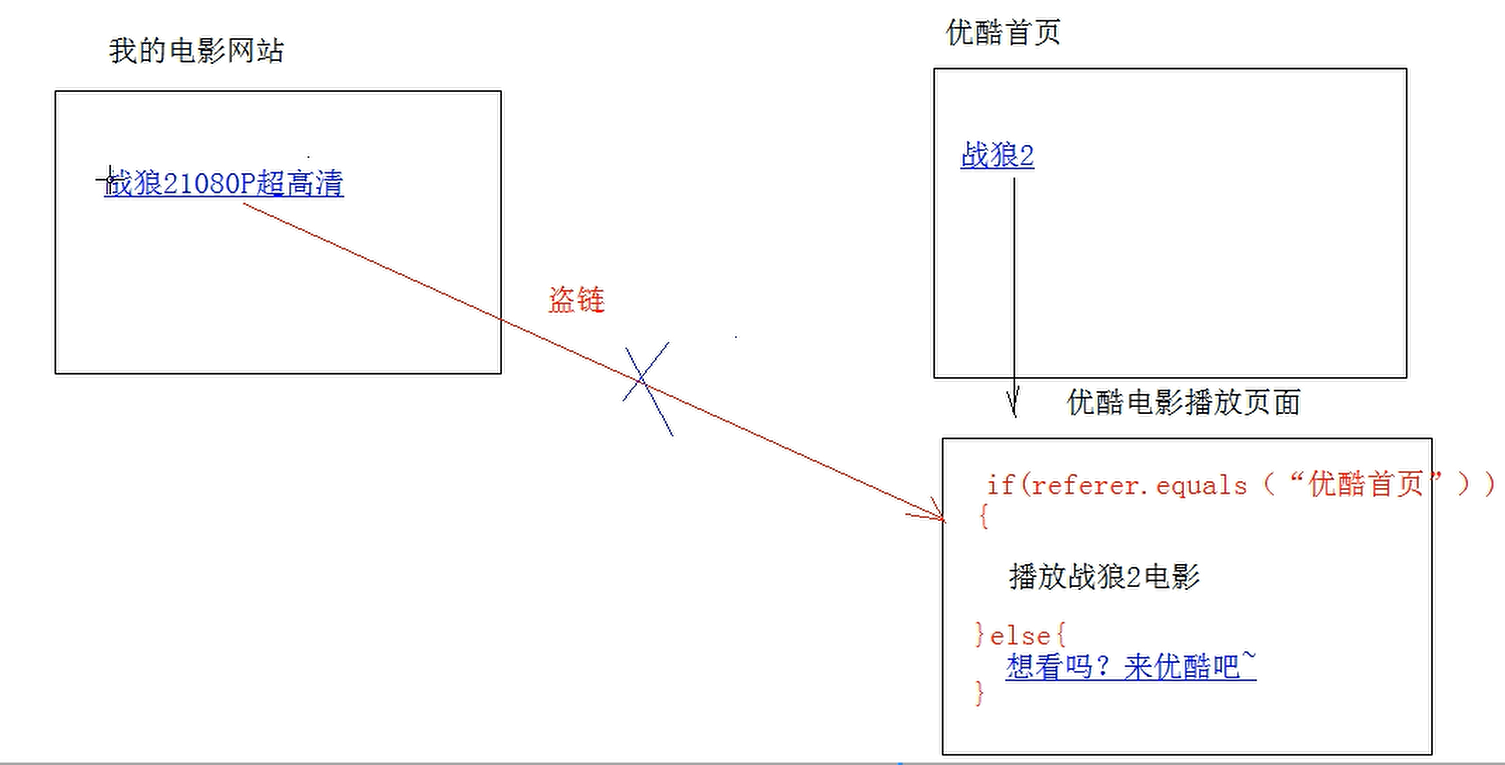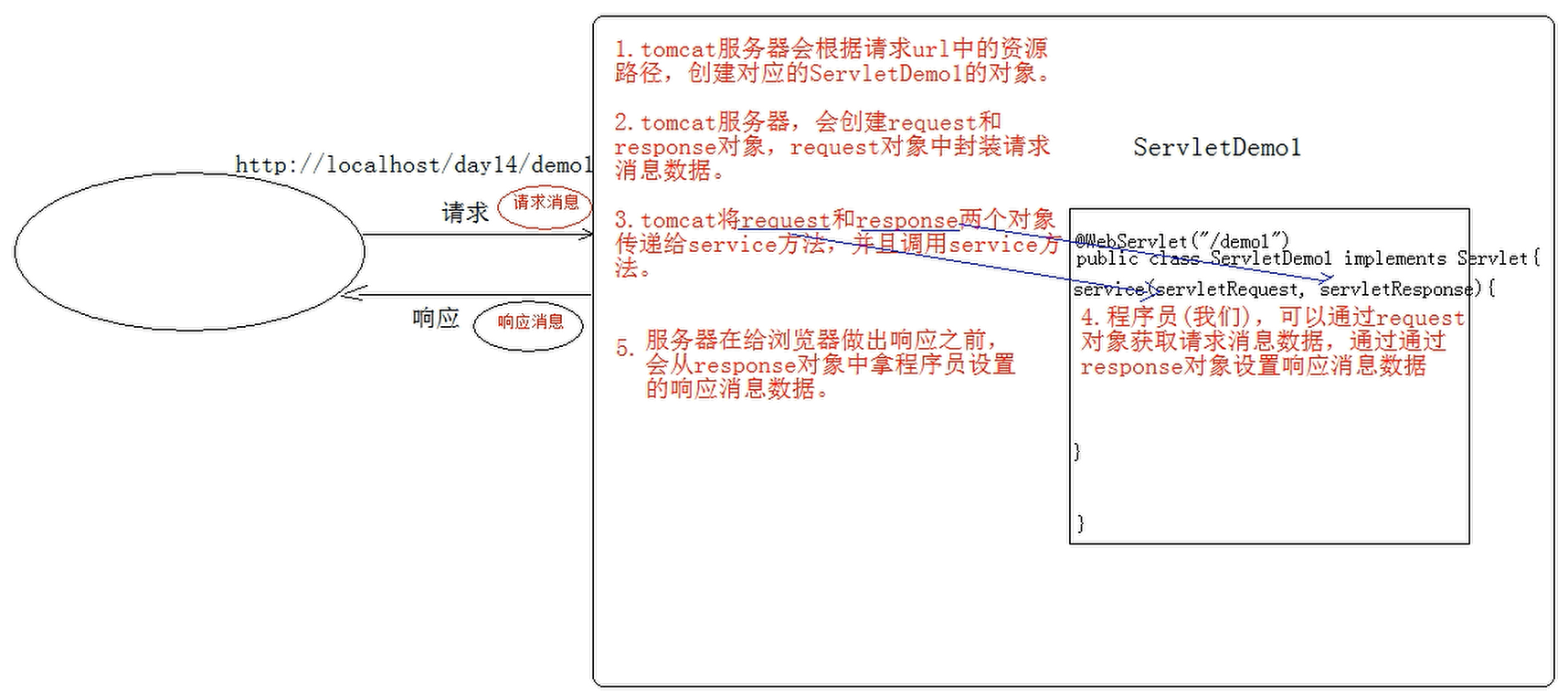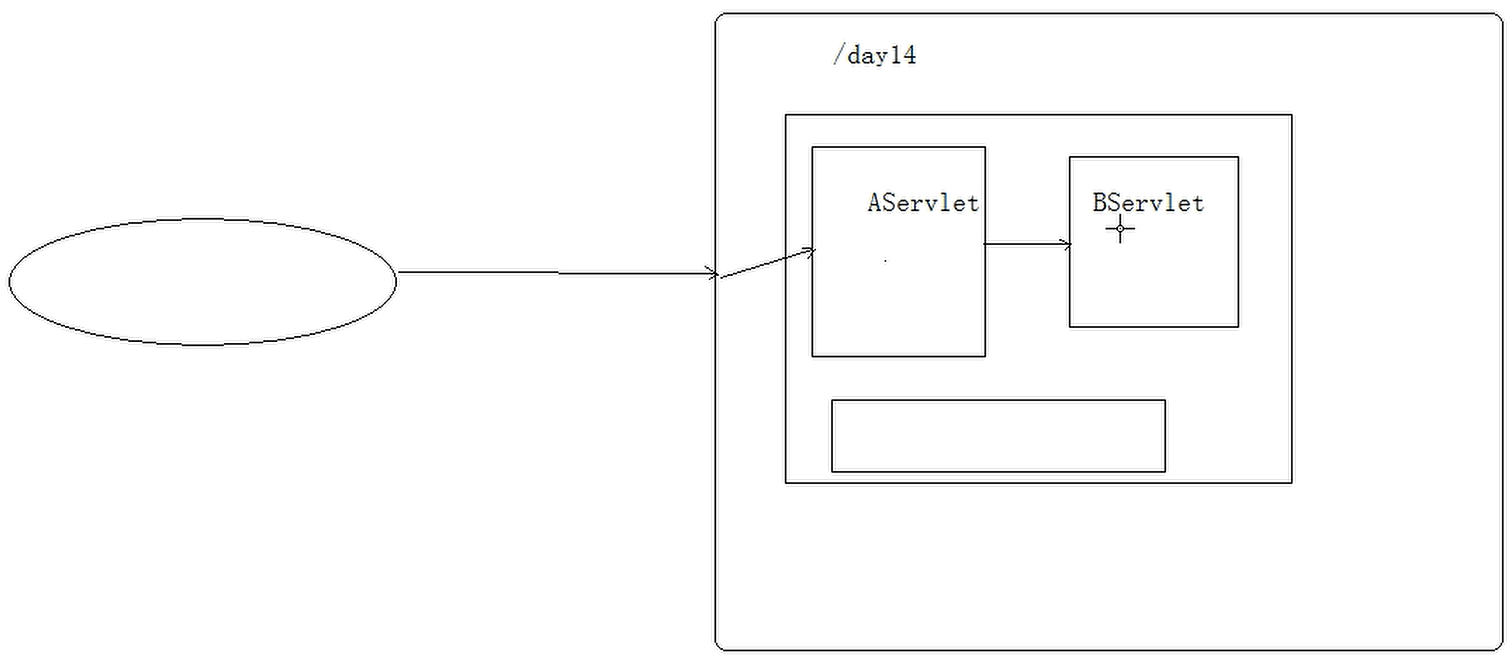HTTP:
概念
Hyper Text Transfer Protocol 超文本传输协议
* 传输协议:定义了,客户端和服务器端通信时,发送数据的格式
* 特点:
1. 基于TCP/IP的高级协议
2. 默认端口号:80
3. 基于请求/响应模型的:一次请求对应一次响应
4. 无状态的:每次请求之间相互独立,不能交互数据
* 历史版本:
* 1.0:每一次请求响应都会建立新的连接
* 1.1:复用连接,对缓存的支持
请求消息数据格式
1. 请求行
请求方式 请求url 请求协议/版本
GET /login.html HTTP/1.1
* 请求方式:
* HTTP协议有7中请求方式,常用的有2种
* GET:
1. 请求参数在请求行中,在url后。
2. 请求的url长度有限制的
3. 不太安全
* POST:
1. 请求参数在请求体中
2. 请求的url长度没有限制的
3. 相对安全
2. 请求头:客户端浏览器告诉服务器一些信息
请求头名称: 请求头值
* 常见的请求头:
1. User-Agent:浏览器告诉服务器,我访问你使用的浏览器版本信息
* 可以在服务器端获取该头的信息,解决浏览器的兼容性问题
2. Referer:http://localhost/login.html
* 告诉服务器,我(当前请求)从哪里来?
* 作用:
1. 防盗链:

2. 统计工作:
3. 请求空行
空行,就是用于分割POST请求的请求头,和请求体的。
4. 请求体(正文):
* 封装POST请求消息的请求参数的
* 字符串格式:
POST /login.html HTTP/1.1
Host: localhost
User-Agent: Mozilla/5.0 (Windows NT 6.1; Win64; x64; rv:60.0) Gecko/20100101 Firefox/60.0
Accept: text/html,application/xhtml+xml,application/xml;q=0.9,*/*;q=0.8
Accept-Language: zh-CN,zh;q=0.8,zh-TW;q=0.7,zh-HK;q=0.5,en-US;q=0.3,en;q=0.2
Accept-Encoding: gzip, deflate
Referer: http://localhost/login.html
Connection: keep-alive
Upgrade-Insecure-Requests: 1
username=zhangsan
* 响应消息数据格式
Request:
一. request对象和response对象的原理
1. request和response对象是由服务器创建的。我们来使用它们
2. request对象是来获取请求消息,response对象是来设置响应消息

二. request对象继承体系结构:
ServletRequest -- 接口
| 继承
HttpServletRequest -- 接口
| 实现
org.apache.catalina.connector.RequestFacade 类(tomcat)
三. request功能:
1. 获取请求消息数据
(1) 获取请求行数据
* GET /day14/demo1?name=zhangsan HTTP/1.1
* 方法:
1. 获取请求方式 :GET
* String getMethod()
2. (*)获取虚拟目录:/day14
* String getContextPath()
3. 获取Servlet路径: /demo1
* String getServletPath()
4. 获取get方式请求参数:name=zhangsan
* String getQueryString()
5. (*)获取请求URI:/day14/demo1
* String getRequestURI(): /day14/demo1
* StringBuffer getRequestURL() :http://localhost/day14/demo1
* URL:统一资源定位符 : http://localhost/day14/demo1 中华人民共和国
* URI:统一资源标识符 : /day14/demo1 共和国
6. 获取协议及版本:HTTP/1.1
* String getProtocol()
7. 获取客户机的IP地址:
* String getRemoteAddr()
演示:获取请求行数据
在新建文件时可以选择:create new servlet
1 | package cn.zenner.web.request; |
(2) 获取请求头数据
* 方法:
* (*)String getHeader(String name):通过请求头的名称获取请求头的值
* Enumeration<String> getHeaderNames():获取所有的请求头名称
(3) 获取请求体数据:
* 请求体:只有POST请求方式,才有请求体,在请求体中封装了POST请求的请求参数
* 步骤:
1. 获取流对象
* BufferedReader getReader():获取字符输入流,只能操作字符数据
* ServletInputStream getInputStream():获取字节输入流,可以操作所有类型数据
* 在文件上传知识点后讲解
2. 再从流对象中拿数据
2. 其他功能:
(1) 获取请求参数通用方式
不论get还是post请求方式都可以使用下列方法来获取请求参数
1. String getParameter(String name):根据参数名称获取参数值 username=zs&password=123
2. String[] getParameterValues(String name):根据参数名称获取参数值的数组 hobby=xx&hobby=game
hobby可能有好几个,所以返回数组
3. Enumeration<String> getParameterNames():获取所有请求的参数名称
4. Map<String,String[]> getParameterMap():获取所有参数的map集合
* 中文乱码问题:
* get方式:tomcat 8 已经将get方式乱码问题解决了
* post方式:会乱码
* 解决:在获取参数前,设置request的编码request.setCharacterEncoding("utf-8");
(2) 请求转发:一种在服务器内部的资源跳转方式

1. 步骤:
1. 通过request对象获取请求转发器对象:RequestDispatcher getRequestDispatcher(String path)
2. 使用RequestDispatcher对象来进行转发:forward(ServletRequest request, ServletResponse response)
2. 特点:
1. 浏览器地址栏路径不发生变化
2. 只能转发到当前服务器内部资源中。
3. 转发是一次请求
(3) 共享数据:
* 域对象:一个有作用范围的对象,可以在范围内共享数据
* request域:代表一次请求的范围,一般用于请求转发的多个资源中共享数据
* 方法:
1. void setAttribute(String name,Object obj):存储数据
2. Object getAttitude(String name):通过键获取值
3. void removeAttribute(String name):通过键移除键值对
(4) 获取ServletContext:
* ServletContext getServletContext()
案例:用户登录
一、 用户登录案例需求:
1.编写login.html登录页面
username & password 两个输入框
2.使用Druid数据库连接池技术,操作mysql,day14数据库中user表
3.使用JdbcTemplate技术封装JDBC
4.登录成功跳转到SuccessServlet展示:登录成功!用户名,欢迎您
5.登录失败跳转到FailServlet展示:登录失败,用户名或密码错误
* 分析
二、 开发步骤
1. 创建项目,导入html页面,配置文件,jar包
2. 创建数据库环境
CREATE DATABASE day14;
USE day14;
CREATE TABLE USER(
id INT PRIMARY KEY AUTO_INCREMENT,
username VARCHAR(32) UNIQUE NOT NULL,
PASSWORD VARCHAR(32) NOT NULL
);
3. 创建包cn.itcast.domain,创建类User
1 | package cn.itcast.domain; |
4. 创建包cn.itcast.util,编写工具类JDBCUtils
1 | package cn.itcast.util; |
5. 创建包cn.itcast.dao,创建类UserDao,提供login方法
1 | package cn.itcast.dao; |
6. 编写cn.itcast.web.servlet.LoginServlet类
1 | package cn.itcast.web.servlet; |
7. 编写FailServlet和SuccessServlet类
1 | ("/successServlet") |
8. login.html中form表单的action路径的写法
* 虚拟目录+Servlet的资源路径
9. BeanUtils工具类,简化数据封装
* 用于封装JavaBean的
1. JavaBean:标准的Java类
1. 要求:
1. 类必须被public修饰
2. 必须提供空参的构造器
3. 成员变量必须使用private修饰
4. 提供公共setter和getter方法
2. 功能:封装数据
2. 概念:
成员变量:
属性:setter和getter方法截取后的产物
例如:getUsername() --> Username--> username
3. 方法:
# 这两个方法是按照setter和getter方法名上的name来进行设置。
1. setProperty()
2. getProperty()
3. populate(Object obj , Map map):将map集合的键值对信息,封装到对应的JavaBean对象中